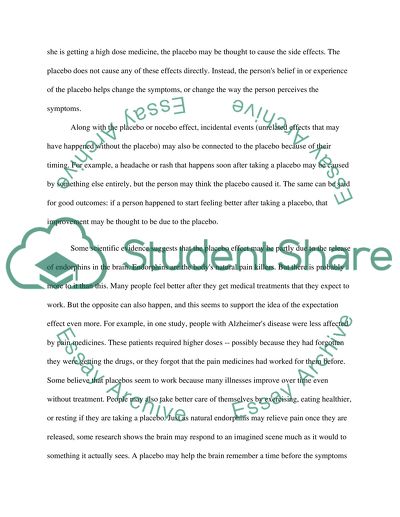Cite this document
(“Placebo effect Essay Example | Topics and Well Written Essays - 1750 words”, n.d.)
Placebo effect Essay Example | Topics and Well Written Essays - 1750 words. Retrieved from https://studentshare.org/psychology/1431606-writting-assignment
Placebo effect Essay Example | Topics and Well Written Essays - 1750 words. Retrieved from https://studentshare.org/psychology/1431606-writting-assignment
(Placebo Effect Essay Example | Topics and Well Written Essays - 1750 Words)
Placebo Effect Essay Example | Topics and Well Written Essays - 1750 Words. https://studentshare.org/psychology/1431606-writting-assignment.
Placebo Effect Essay Example | Topics and Well Written Essays - 1750 Words. https://studentshare.org/psychology/1431606-writting-assignment.
“Placebo Effect Essay Example | Topics and Well Written Essays - 1750 Words”, n.d. https://studentshare.org/psychology/1431606-writting-assignment.


